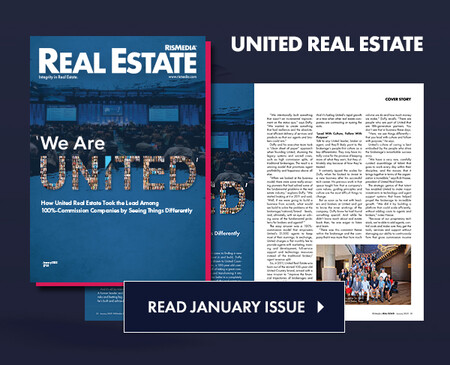By Andrea Coombes, MarketWatch
RISMEDIA, Oct. 29, 2007-(MarketWatch)-Only 21% of workers worldwide are “engaged” — that’s human-resource-speak for ready to expend some extra effort at work — while 38% are either disenchanted or disengaged, according to a new survey.
Engagement is not satisfaction or happiness, but the degree to which workers connect to the company emotionally, are aware of what they need to do to add value and are willing to take that action, said Julie Gebauer, a managing director with consulting firm Towers Perrin, which surveyed almost 90,000 workers in 19 countries.
“Happy employees don’t necessarily create better financial results, but there is a definite link between engagement and a company’s financial performance,” Gebauer said.
The survey found 21% of workers worldwide are engaged, and another 41% are “enrolled,” which means they’re on the road to engagement, Gebauer said.
More than 80% of the engaged employees say they contribute to the quality of company products, services and customer satisfaction, while only 40% of disengaged workers agree.
Engagement helps retention too: About 50% of engaged employees say they have no plans to leave their company versus 15% of the disengaged.
‘Dollars-and-cents issue’
The fact that almost 80% of workers are less-than-engaged is likely costing companies money, Gebauer said.
“The notion of engagement is really a dollars-and-cents issue. Organizations that have employees that are highly engaged deliver better financial results than those that don’t,” Gebauer said.
In a separate study, Towers Perrin assessed data on 40 global companies over a three-year period, measuring employee engagement at a certain point and then looking at the companies’ financial results over the ensuing three years.
Companies with highly motivated workers enjoyed a 3.7% increase in operating margins and a 2% rise in net profits, while companies with a lower level of worker commitment saw both measures decrease slightly.
Countries vary widely
The portion of engaged workers varies widely by country, according to the survey. In the U.S., 29% of workers are engaged and 28% are disenchanted or disengaged, while in Mexico, 54% of workers are engaged — the highest among the 19 countries surveyed — while 16% are disenchanted or disengaged.
The lowest portion of engaged workers on the list is Japan, where 3% of workers are engaged and 72% are disenchanted or disengaged.
Still, other reports find higher levels of worker commitment among U.S. workers, at least. A separate survey finds that 72% of workers would recommend their company as a good place to work, up from 62% two years ago, and 64% say their company values them as employees, according to a survey of 2,000 U.S. workers in September by Rasmussen Reports LLC, a research firm, for Hudson, a staffing and recruitment firm.
Engage me
So, what makes for an engaged employee? It’s not necessarily pay. While the level of pay is important, it’s not among the top 10 drivers of engagement, Gebauer said.
Rather than using “the blunt instrument of pay,” Gebauer said, companies should survey their work force, much as they might study their customers, to assess what employees are seeking.
The top 10 drivers of employee engagement across all 19 countries are a mixed bag that includes both the behavior and actions of senior management and individuals’ own actions and abilities:
1. Senior management sincerely interested in employee well-being
2. Improved my skills and capabilities over the last year
3. Organization’s reputation for social responsibility
4. Input into decision-making in my department
5. Organization quickly resolves customer concerns
6. Set high personal standards
7. Have excellent career advancement opportunities
8. Enjoy challenging work assignments that broaden skills
9. Good relationship with supervisor
10. Organization encourages innovative thinking
Many employees “are looking for a greater demonstration of senior management’s interest in their day-to-day work,” Gebauer said.
“What employees are looking for is open communication, communication that reflects the fact that senior management really understands how the work gets done, and recognizes and appreciates that,” she said.
Senior management’s interest in employees can be expressed in a number of ways, Gebauer said, “including organizations’ willingness to help employees balance work and activities outside of work, to sponsor competitive benefit programs, to focus on career development and training,” she said.
“Those are things that will translate to employees as senior management being interested in my well-being,” she said.
Communication helps, too, even the electronic kind. “CEOs who will provide a monthly Web cast or a voice-mail just letting people know about key developments in the industry and in the company — those are some of the things that help employees put at least a voice and a face to senior management,” she said.
The study’s findings refute other studies that find workers’ immediate supervisors are most important to employees’ sense of well-being.
“It’s not to say the manager isn’t important, but imagine the best manager in the world working in an organization that doesn’t have a good performance-management system, doesn’t have good advancement opportunities,” Gebauer said.
“How is that manger going to help the employee navigate through an organization that is actually not working so well?”
Andrea Coombes is MarketWatch’s assistant personal finance editor, based in San Francisco.










